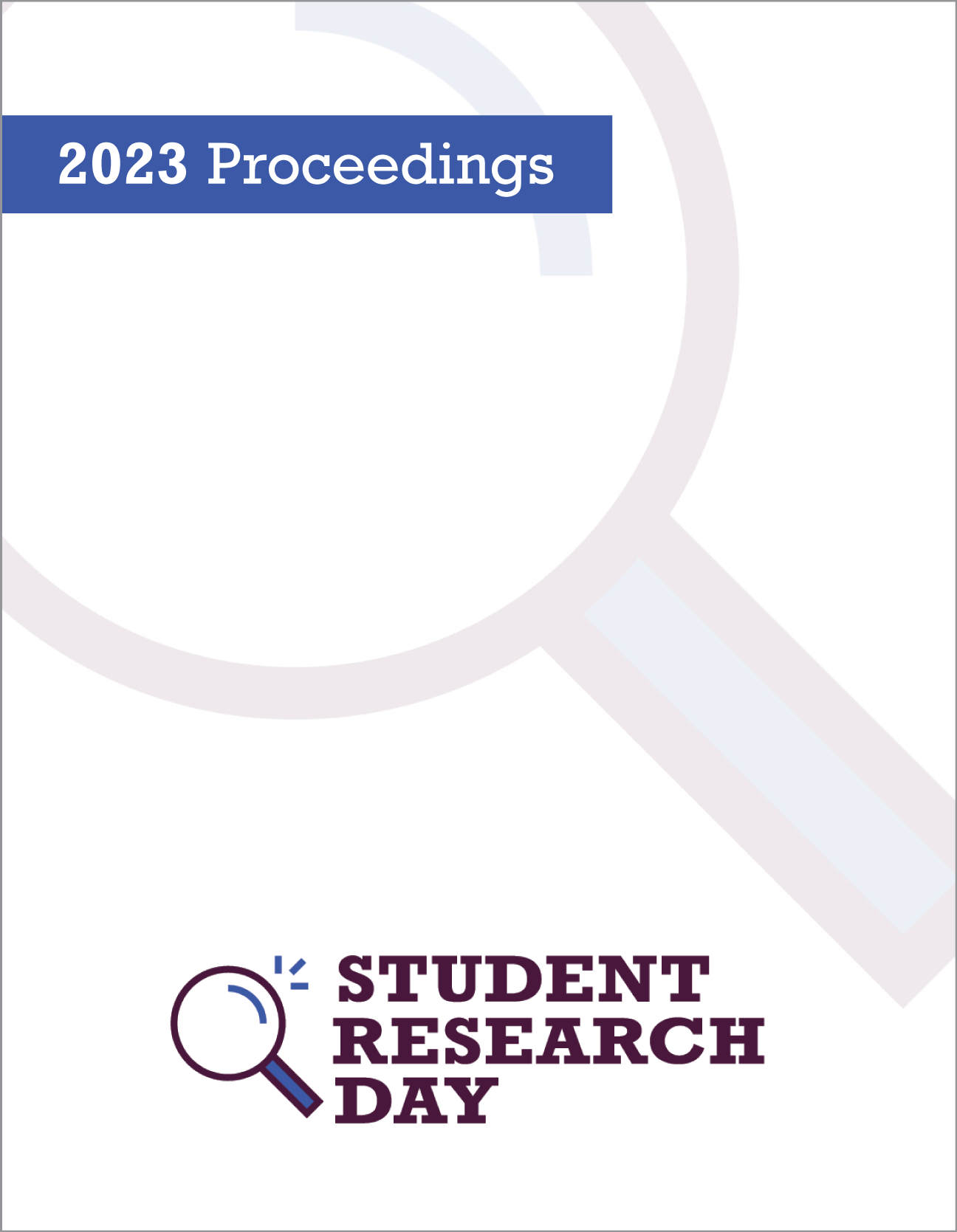Screening of Invasive Plant Extracts for the Inhibition of β-Glucosidase Activity
Abstract
TLC bioautography is a technique commonly used to detect bioactive substances within a compound. More specifically, TLC bioautography can be used to qualitatively detect changes in enzyme activity in response to inhibitors present in different plant extracts. Ꞵ-glucosidase is an enzyme that cleaves carbohydrates; excess amounts of this enzyme can lead to diseases such as diabetes and cancer. This study aims to find a natural inhibitor of Ꞵ-glucosidase from plant extracts of invasive weed species. Ꞵ-glucosidase dissolved in sodium acetate buffer will be sprayed onto the TLC plate, followed by a 1:4 ratio of 2-naphthyl-β-D-glucopyranoside and a solution of Fast Blue B salt. The plant extracts will be separated by performing TLC chromatography, followed by spraying the TLC plate with the enzyme, substrate and Fast Blue B salt mixture. The plate will be incubated for 20 minutes at 37oC with relative humidity. Inhibitor activity will be identified by the presence of white spots on a purple/blue background. Once inhibition spots have been found, the next step is to isolate the compounds in the plant extracts inhibiting the enzyme activity. The significance of this study is to help contribute to potential drug research and find natural alternative sources of potential inhibitors for these common diseases, such as cancer and diabetes.
Faculty Mentor: Dr. Tina Bott
Published
Issue
Section
License
Authors retain any and all existing copyright to works contributed to these proceedings.



